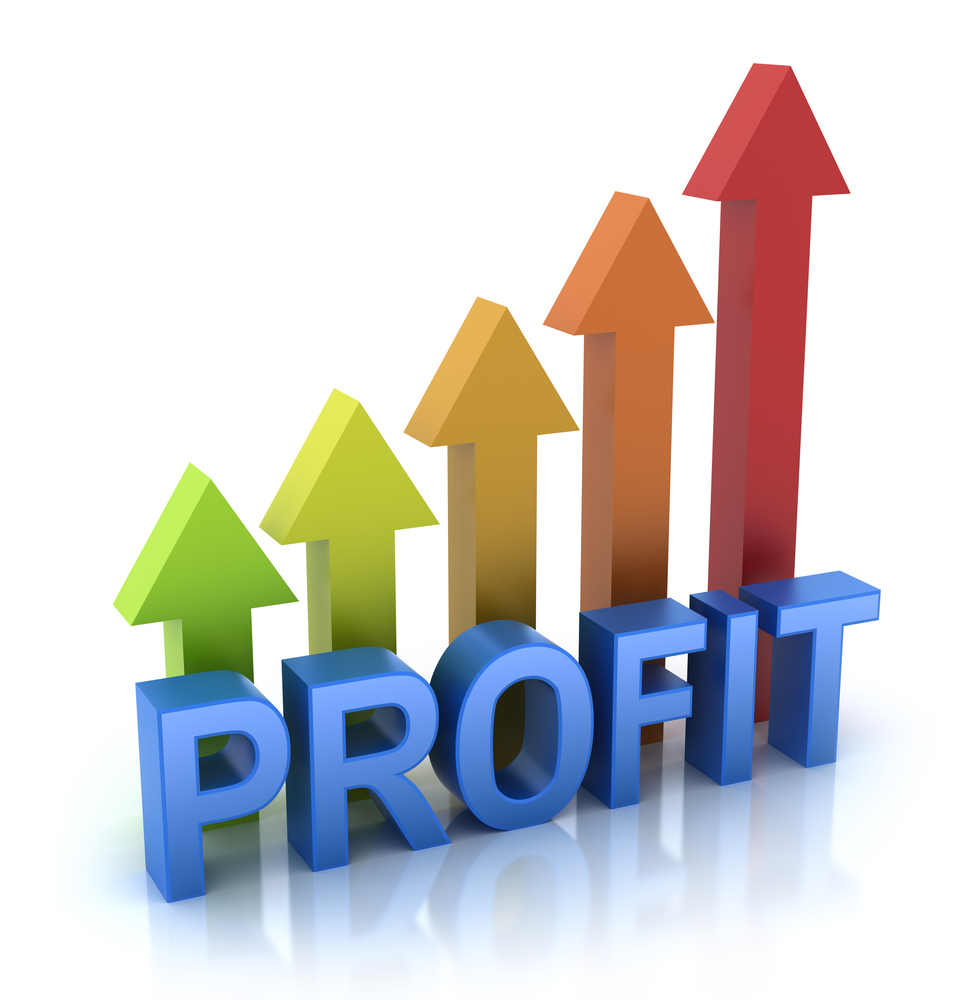If the old adage ‘turnover is vanity, profit is sanity’ is anything to go by, many businesses could be facing a race against time to get their psyche in order. Almost a quarter of small and medium-sized enterprises experienced a 50 per cent decline in their profit before tax last financial year, according to research by Baker Tilly’s newly launched and forebodingly titled SME Distress Monitor.
Rattling off revenues is all too easy to do as a company director when the bottom line fails to stand up to scrutiny. At a presentation at the Business Startup Show 2011, entrepreneur Doug Richard said he had been talking to a director whose company turns over £220 million. ‘He said it translated to profits of £2 million. I said, “What are you spending £218 million on?” Profit matters, revenue does not.’
With those words in mind, here are some ideas for keeping your business in the black.
A higher-margin product
For manufacturers, introducing a higher-margin product into a range can reap rewards. Simon Jordan, founder of high-end leather goods manufacturer Caracalla-Bath, was producing a bag in Italy that cost £46 to make and was sold in shops for £156.
Now, he is looking to introduce a new bag adorned with several elaborate features that commands a higher price and better profit. His new product will be finished with a more expensive lining, YKK zips, a cotton drawstring cover and unique designs printed directly onto the leather rather than onto plastic vinyl, a technique that is unusual in the industry. The bag will cost Jordan £90 and be sold to retailers for around £280, with a retail price of £600 or higher.
It goes to show that cheaper production is not always the route to a tidy profit. Jordan had refused offers from China and India to manufacture the bags for less. ‘The best leather in the world is in Italy, and if people know you make it in China it’s a sure sign that you’re trying to cut corners,’ he says.
The power of rebranding
Rebranding is a strategy that can have a massive impact on the bottom line. Knitwear brand Lyle & Scott used to have a customer base of 60- to 80-year-old male golfers but has been reinvented to appeal to a younger, high street consumer. In its former guise, the company was not profitable, but in its most recent year of trading it turned over £34 million with a profit of £7.5 million, equating to a 22 per cent margin before tax.
The rebranding has led to other positive developments. Managing director Derek Campbell says that as the company’s volume has grown, it has been better placed to negotiate with suppliers.
But one element of profitability remains beyond the company’s control: the soaring cost of commodities. ‘We’ve seen in the past 12 months a horrendous increase in raw materials – for us, lamb’s wool and cotton – which could mean a million or so off the bottom line,’ says Campbell.
‘But we didn’t deem it right to put the price up. When you establish a brand, you’re in it for the long term, and we have a loyal following of customers for whom we felt it was inappropriate to put up prices.’
Sell to your suppliers
The ability to build up relationships and negotiate well with suppliers is crucial for growing businesses. IT services company Comtact has been listed in the Sunday Times Tech Track 100 for the past two years, and CEO Dominic List uses the company’s growth story as a sweetener for suppliers to give him the right price.
He says, ‘We don’t just go in there and say we can buy it cheaper elsewhere, we also use our growth as an incentive. I’ll visit them personally and say that if they give us the pricing we need and the discount that they might give to their largest clients then we will continue to take their product.
‘People do get that. If you just sit down with suppliers and get them to understand that the business is exciting and has huge potential then you’ll find that you often get the discount you’re looking for.’
A site to behold
Choosing carefully where you locate your business can have a significant impact on the bottom line.
Guy Mucklow, managing director of Postcode Anywhere, which produces address management software, saves money on rent by being based in rural Worcestershire: ‘A lot of businesses, particularly in the tech space, seem to be hung up on the idea that you need to be located close to Silicon Roundabout [in East London], and that just isn’t the case.’
Mucklow says he pays a rent of around £7 per square foot, compared with an average of around £25 in Shoreditch. He adds, ‘There are no parking issues. The pool of talent is not as great as in London but then again I don’t lose employees to my competitors who are based just down the road. To have that stability in a growing business is good.’
Keep an eye on turnover
While the downturn has led many companies to focus on maximising profits rather than chasing sales, for others, volume is the key to higher margins.
Mark Blodgett, CEO of ProPhotonix, which designs and manufactures diode-based laser modules and LED systems, says, ‘We are trying to grow sales, with the idea that the more you can grow top line and absorb your fixed overhead – whether that’s your manufacturing or other costs – ultimately the more profitable you’ll be.
‘If you don’t grow top line, it’s hard to maintain bottom-line performance just through productivity enhancements or squeezing more out of your suppliers, because certain costs continue to grow year after year. You can put a lot of effort into cutting costs here and there but it’s yielding less and less benefit, so ignoring revenue is ill-advised.’





